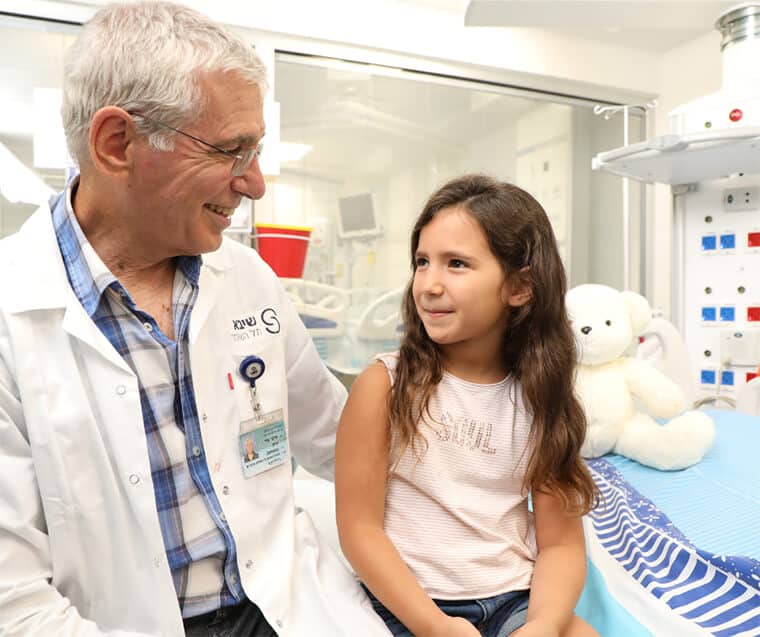Primary Osteosarcoma Treatment in Israel
3 Reasons to Get Primary Osteosarcoma Treatment in Israel
Learn more about different categories of malignancy, and primary osteosarcoma treatments in Israel.
Osteosarcoma, also known as osteogenic sarcoma, is a type of cancer that occurs primarily in the bone or soft tissue around the bone. In general, both soft tissue and bone osteosarcomas are not common, yet malignancy is the most common type of bone cancer among children, adolescents, and young adults.
Osteosarcoma forms as a result of a mutation in the DNA of a healthy bone cell. The mutation prompts the cell to start making new bone when it isn’t needed, resulting in a mass (tumor) of cancer cells similar to early forms of bone cells that normally develop into new bone tissue, but the malignant bone tissue is not as strong as that of normal bones. Osteosarcoma cells can invade and destroy the healthy body tissue around them, and even break away and spread (metastasize) throughout the body, usually to the lungs or other bones.

Benefits of Primary Osteosarcoma Treatment in Israel
Advanced Treatment:
Medical institutions in Israel and the US often collaborate in advanced cancer research, developing new and effective treatments against the disease, yet Israel has fewer constraints than the US when it comes to adopting novel treatments. Israeli clinical trials still adhere to the highest standards of safety, but innovative treatments are generally made available to patients sooner than in the US.
Quality of Care:
Israeli physicians are exceptionally well-trained and often spend even more time on their medical education than American doctors. Also, you can be assured of high standards and strict safety regulations if you choose a hospital accredited by a trustworthy authority.
Cost:
In many countries, healthcare costs can be exorbitant. Without insurance, the costs of cancer treatment can be crippling. Prices are much lower in Israel, averaging 30-80% less than in the US, for example. That said, you’re not trading affordability for quality, since Israeli specialists, medical institutions, equipment, and procedures are among the most advanced in the world.
Request a consultation
Sheba Medical Center provides innovative, personalized medical care to patients from around the world. We are the largest, most comprehensive hospital in the Middle East and dedicated to providing advanced and compassionate medicine for everyone.
We welcome all cases, including the rarest and the most challenging. Our medical teams collaborate to provide the best possible health outcomes. From your initial inquiry through the long-term follow-up care, we are here for you.
Request a consultation and a Sheba Case Manager will contact you shortly:
